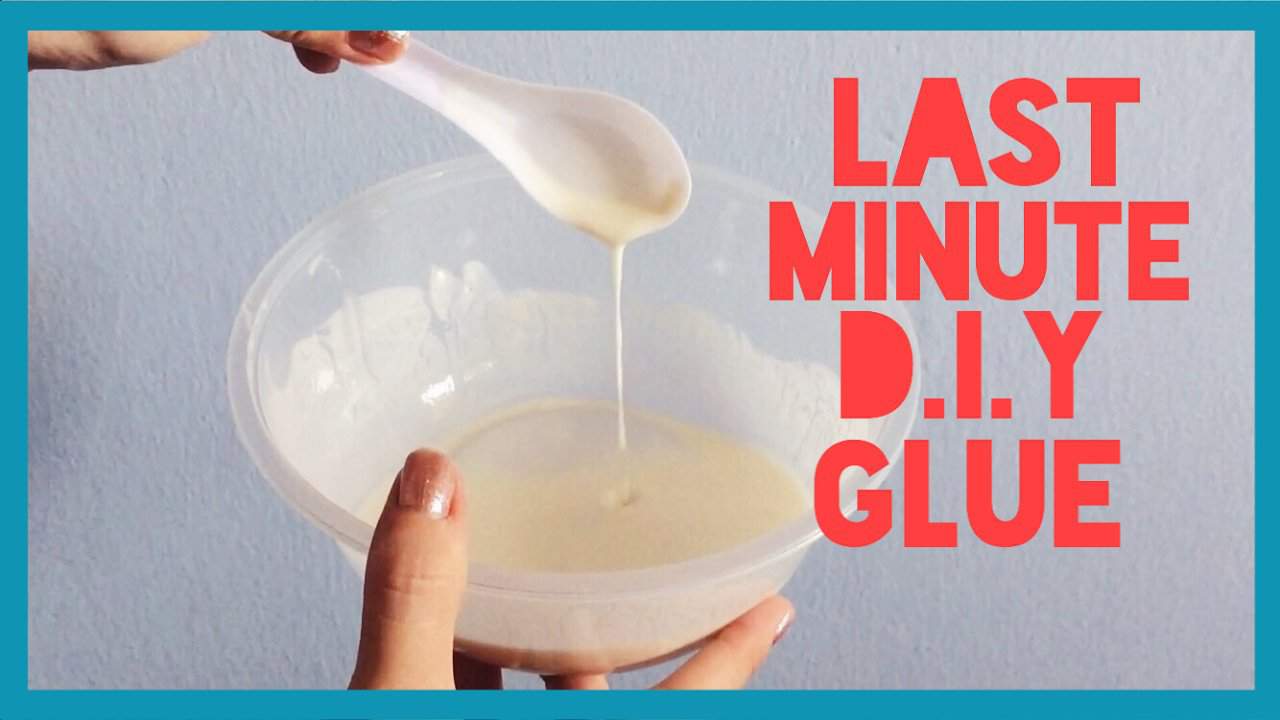Create Your Own Magical Paper Mache Glue for Crafty Fun with the Kids!
Hey there, crafty parents and guardians! Are you ready to dive into the wonderfully sticky and endlessly entertaining world of paper mache with your little ones? If you nodded yes (even if it’s half-excitedly, half-apprehensively), you’re in for a treat! Today, we’re going to learn how to make paper mache glue with glue – yes, the store-bought kind you likely have tucked away in your crafting kit or squeezed out of its tube by tiny, eager hands.
Why Paper Mache Is Your New Best Friend
Before we pull out the glue and get our hands all mushy, let’s take a quick moment to appreciate the sheer joy that paper mache brings to a family crafting table. It’s not just a classic art project; it’s a creative adventure that enhances your children’s motor skills, stimulates their imagination, and – perhaps best of all – is a phenomenal way to upcycle those paper scraps that seem to multiply mysteriously around the house!
The Magic Potion: Paper Mache Glue from Glue
Alrighty, let’s cut to the chase and talk about the star of today’s show: the paper mache glue you’ll be making. It’s not some enigmatic recipe; in fact, it’s fantastically simple and safe for little hands to use, although mess is part of the charm (and process). One thing’s for sure: this paper mache glue is strong enough to hold their creations together and make those imaginations tangible.
Ingredients Unveiled
You’re going to love this part – it’s time to drop the cloak of mystery and reveal the ingredients you’ll need:
- White PVA glue: This common glue, found in most homes with kids or crafters, serves as the base for your paper mache glue concoction.
- Water: Good old H2O, the universal solvent, that will help dilute the glue to the perfect consistency.
Yes, that’s literally it. Told you this was simple!
Gathering the Supplies
Now, let’s roll up our sleeves and make sure we have everything else we need:
- A mixing bowl or container to combine your ingredients.
- A stirring tool, like a spatula or spoon (or let the kids feel like little chemists using a wooden popsicle stick).
- Measuring cups or spoons, because even in crafting, a dash of precision doesn’t hurt!
- Newspaper strips, tissue paper, or whatever paper destined for mache greatness.
Whipping Up the Perfect Batch
With the supplies ready, let’s start the mixing magic:
- Pour equal parts of white PVA glue and water into your mixing bowl. The 1:1 ratio keeps things simple for memorization and ensures a good balance between stickiness and workability.
- Gently stir the mixture with your chosen tool until you get a smooth, lump-free paste. The consistency should resemble heavy cream or a runny pancake batter – velvety and ready to hug those paper strips snugly.
- If your mixture seems too thick, add a tad more water and mix again. If it’s too runny, just whisk in a bit more glue. There’s room for experimentation to find your preferred texture!
There you have it – your very own homemade paper mache glue is ready to be enlisted in the service of creativity. It’s incredibly versatile, safe for kids, and a fantastic gateway to family crafting time.
Don’t stop at just making the glue, though. The next steps are where the real fun begins – transforming simple strips of paper and our gluey blend into delightful sculptures, masks, bowls, and whatever else your collective imaginations can conjure!
Now, take a deep breath, because your house is about to be filled with memories and, inevitably, a whole lot of paper mache creations that you’ll cherish forever. Well, except maybe those sticky fingerprints that will grace every conceivable surface – but hey, that’s a small price to pay for the heaps of fun you’ll have!
Stay tuned, as we’ll continue this guide with tips on the paper mache process, ideas for projects, and how to make cleanup a breeze (because let’s face it – we all dread the aftermath of a good craft session).
So, let the paper mache parade begin, and may your creative spirits soar as high as your soon-to-be-created paper mache hot air balloons. Crafting memories starts with mixing a little bit of glue, a dash of water, and a whole lot of love. Let’s get started!

5 Essential Tips for Parents Preparing Paper Mache Glue with Glue
Preparing for a paper mache session is half the fun—planning and anticipation can really augment the experience. To ensure you’re all set for success, here are five things every parent should know:
1. Prepare Your Workspace
Create a designated area for your paper mache magic to unfold. Cover surfaces with newspaper, a plastic sheet, or a disposable tablecloth for easy cleanup. Remember, this can get messy, and that’s okay! Organize your supplies within reach so that once those hands are gooey, you won’t need to rummage through drawers.
2. Dress for Success… and Mess!
Before you become elbow-deep in glue, make sure you and the kiddos are dressed appropriately. Old clothes or aprons can shield you from the sticky fray. Consider slip-on shoes or just going barefoot if you’re indoors—glue drips and footprints are a classic combo in the paper mache world.
3. Test for Allergies
The last thing we want during crafting time is a surprise allergic reaction. While PVA glue is generally safe, do a small patch test if you’ve never used it with your children before. Wait for 24 hours to ensure there’s no allergic reaction before proceeding.
4. Keep it Non-Toxic and Kid-Friendly
Stick to white PVA or school glue, as these are non-toxic and washable. Read labels carefully to ensure there are no harmful additives. Safety always comes first, especially when crafting with your pint-sized partners-in-creativity.
5. Warm Up with a Mini Project
If you’re new to paper mache, start with a simple, small project to gain confidence together. Try coating a balloon with a few layers of paper mache to create a perfect sphere. Once dry, you can pop the balloon and be left with a canvas for painting, or even a cool decorative piece!
Crafting Up the Adventure
Remember, the beauty of paper mache is in its simplicity and versatility. Kids can bring their imaginations to life, from simple shapes to intricate models. Reinforce patience as paper mache does require drying time between layers. Use this interval for storytelling about what they’re creating, or even educational talks about the art of paper mache.
Quick Cleanup Tips
When fun transforms into a mountain of mess, it’s time for some strategic cleanup. Fill a bucket with warm, soapy water and have it ready for washing hands and tools. Use non-abrasive sponges to clean the work area, and, if possible, let the glue dry on your tools—once it’s dry, it usually peels right off!
Line your trash can with a large bag for easy disposal of paper and glue remnants. Have a separate container or space for drying projects to avoid them sticking to anything unintentionally. And remember, many hands make light work; involve the kids in cleaning up—it teaches responsibility and team effort.
And there you have it—the roadmap to a successful paper mache session with your children. You’re not just crafting art; you’re building life skills and lasting memories. Enjoy every splash of glue, every crinkle of paper, and remember that in every sticky fingerprint lies the touch of creativity and the bond of family fun.
Let’s get those imaginations running wild as we master the art of paper mache together. Roll those sleeves up and let the creative journey unfold! Happy crafting!
See more great Things to Do with Kids in New Zealand here. For more information see here
Disclaimer
The articles available via our website provide general information only and we strongly urge readers to exercise caution and conduct their own thorough research and fact-checking. The information presented should not be taken as absolute truth, and, to the maximum extent permitted by law, we will not be held liable for any inaccuracies or errors in the content. It is essential for individuals to independently verify and validate the information before making any decisions or taking any actions based on the articles.




